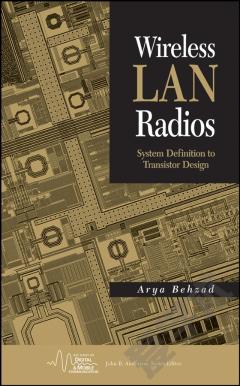Radio
Author(s): Akerib, DS; Bai, X; Bedikian, S; Bernard, E; Bernstein, A; Bradley, A; Cahn, SB; Carmona-Benitez, MC; Carr, D; Chapman, JJ; Chan, Y-D; Clark, K; Classen, T; Coffey, T; Dazeley, S; deViveiros, L; Dragowsky, M; Druszkiewicz, E; Faham, CH; Fiorucci, S; Gaitskell, RJ; Gibson, KR; Hall, C; Hanhardt, M; Holbrook, B; Ihm, M; Jacobsen, RG; Kastens, L; Kazkaz, K; Lander, R; Larsen, N; Lee, C; Leonard, D; Lesko, K; Lyashenko, A; Malling, DC; Mannino, R; McKinsey, D; Mei, D; Mock, J; Morii, M; Nelson, H; Nikkel, JA; Pangilinan, M; Parker, PD; Phelps, P; Shutt, T; Skulski, W; Sorensen, P; Spaans, J; Stiegler, T; Svoboda, R; Smith, A; Sweany, M; Szydagis, M; Thomson, J; Tripathi, M; Verbus, JR; Walsh, N; Webb, R; White, JT; Wlasenko, M; Wolfs, FLH; Woods, M; Uvarov, S; Zhang, C | Abstract: We report on the screening of samples of titanium metal for their radio-purity. The screening process described in this work led to the selection of materials used in the construction of the cryostats for the Large Underground Xenon (LUX) dark matter experiment. Our measurements establish titanium as a highly desirable material for low background experiments searching for rare events. The sample with the lowest total long-lived activity was measured to contain l0.25 mBq/kg of U-238, l0.2 mBq/kg of Th-232, and l1.2 mBq/kg of K-40. Measurements of several samples also indicated the presence of short-lived (84 day half life) Sc-46, likely produced cosmogenically via muon initiated (n,p) reactions.
{{comment.content}}








 京公网安备 11010802027623号
京公网安备 11010802027623号